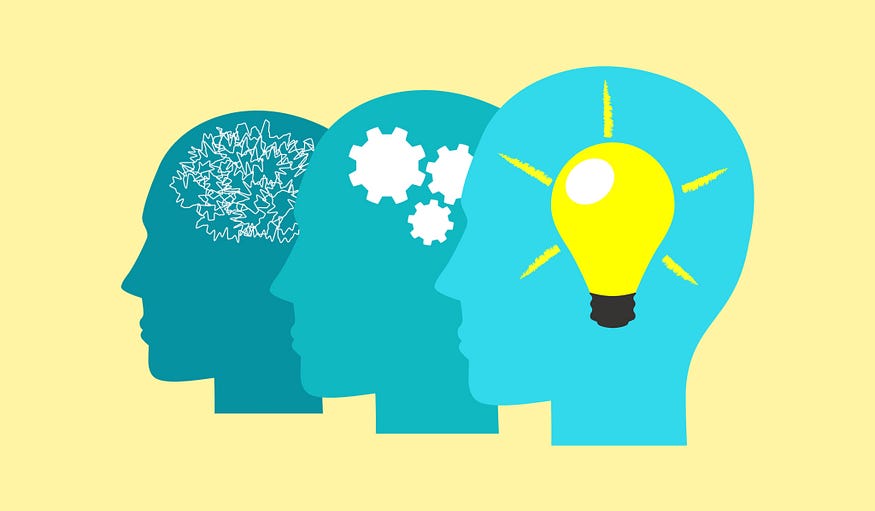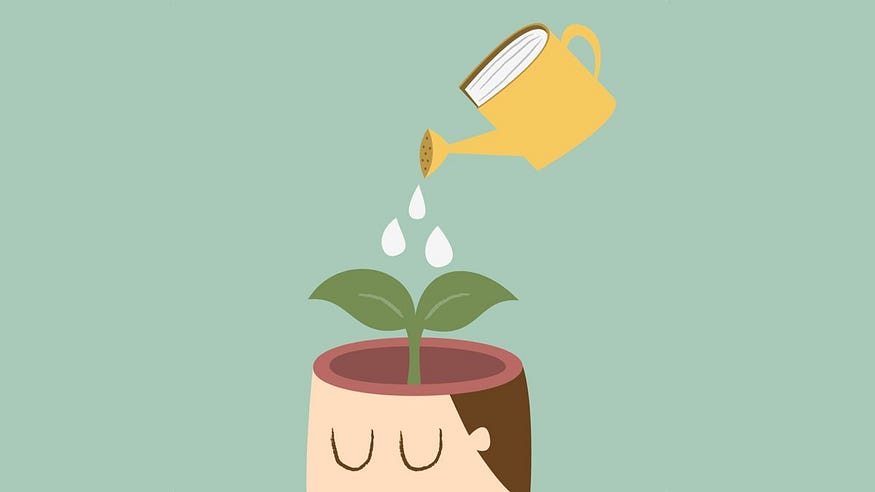Let me run something by you real quick. “You get paid to doodle? Wow! I should have gone for a career in design; I bet I would rock that.” These words can be somewhat hurtful when it comes to asking designers what they do. And often, the unseen aspects of design go unnoticed. But rather than focusing on the technical aspects of the design profession why don’t we turn our gaze into the visible ones?
The vastness of ‘design’ can be somewhat overwhelming with fields that range from graphic to fashion, from User Experience (UX) to User Interface (UI), from simple illustrations to lengthy animations. What would be the components of a great designer? What are the common grounds that bind creative professionals? Given the multitude of industries that fall under the design umbrella, finding a master key to unlock every door is tricky. A simple solution for this complex problem would be to turn our heads towards colleagues, seniors and industry veterans with an analytical eye to see which characteristics they share, aside from ‘creative’ and ‘motivated’, of course.

Understanding
The idea of understanding in design comes from a very rigid principle, ‘hearing’ and ‘listening’ are two different things. This sounds like a no-brainer, and it really would be; if one could listen to artboards or hear vector shapes. Even then, listening alone is but a passive action, and design requires active motions.
So how do we ‘listen’ in design? For this, the key lies in understanding. A client’s needs, a project’s intended outcome, the expectations of stakeholders. But also, what would the solutions be? What can we achieve? What can my team and others accomplish? What potential does this project have?
Understanding is a matter of demand and creating your awareness of the project, perceiving it beyond the current needs and developing the perspicacity of what outcomes your efforts will be heading towards. This makes for the first key.

Prioritizing
Good designers can define their priorities, identify which issues will drive their efforts and break their problems down into smaller, more manageable ones.
For instance, a fashion designer may start their collection by deciding their theme and what fabrics they intend to use. As a way of defining the thread lines that will weave it all together, pun intended.
This simple step of deciding on theme, tone, methods or the overarching path to take on a journey makes for the second key. A good designer should understand not only the problems they will face; but what abilities they have to tackle them. Some call it a toolbox, repertoire, or skill set, but they all share the common link of identifying the issues and acting accordingly.

Communication
Communication is not a characteristic of good designers alone but is a characteristic of good industry leaders. Being able to communicate concisely and understandably is an invaluable skill when company projects require multi-talented efforts. However, every field has its particular phrasings. The key to unlocking the potential of coordinated efforts comes from the ability to specify not only what you would like to do but in a way that those who will aid you can understand.

Will to Learn
As one advances themselves in the industry and the list of accomplishments grows bigger, the list of personal improvements also grows slightly smaller… But for this list to be reduced, one has to have the desire and will to do so. Not everyone is open to feedback, and not every feedback falls under the so-called “constructive feedback.” We can’t always control how others criticize our work; that is a fact. But what’s also a fact is that people can determine their openness to grow from those exchanges. The ability to interpret and act on feedback is a crucial skill derived from communication, allowing professionals to better their craft and improve their skills.

Determination
Adhering to one’s choices. When it comes to design, this is a complicated subject, and it ties back to the above items. This key can exist on its own, but having it in juxtaposition to the others makes for more thoughtful use of the word. Determination is a quality that identifies one’s desire to keep their course steady. It maintains priorities; it allows people to communicate as anchor points in their projects, and when used correctly, it does not cause one to be “stubborn” when it comes to feedback.
For designers specifically, this one is a must-have, as collaboration is sometimes extended to the point where consultancy can cause drastic changes to projects one has to learn how to filter out the improvements from the diversions, as any project can end up distorted from its original intent if too many “alterations” are proposed.

We hope this was helpful in your journey! These may not be all the “keys of design” that you will find out there, but I hope that it can be helpful on your journey to collect them. And remember never to hesitate in asking these questions to those more experienced industry professionals. No matter how you come across them, be they colleagues, teachers, or even someone you met at an event. They sure wouldn’t mind giving you a “copy” of the keys they hold!

